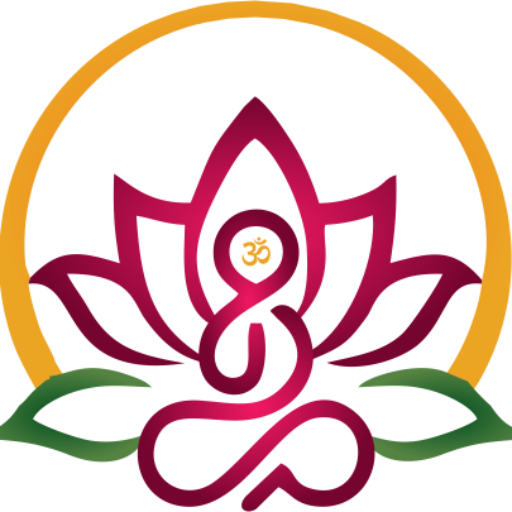Massage Therapy
In massage therapy, a massage therapist rubs and kneads the soft tissues of your body. The soft tissues include muscle, connective tissue, tendons, ligaments and skin. The massage therapist varies the amount of pressure and movement.
Massage is part of integrative medicine. Medical centers often offer it with standard treatment. It can be used for a wide range of medical conditions.
Studies of massage benefits have found massage can:
- Help reduce stress.
- Lessen pain and muscle tightness.
- Increase relaxation.
- Improve the work of the immune system.


What is massage therapy used for?
Massage therapy is used to help manage a health condition or enhance wellness. It involves manipulating the soft tissues of the body. Massage has been practiced in most cultures, both Eastern and Western, throughout human history, and was one of the earliest tools that people used to try to relieve pain.
What are the different types of massage?
The term “massage therapy” includes many techniques. The most common form of massage therapy in Western countries is called Swedish or classical massage; it is the core of most massage training programs. Other styles include sports massage, clinical massage to accomplish specific goals such as releasing muscle spasms, and massage traditions derived from Eastern cultures, such as Shiatsu and Tuina.
Do massages help pain?
Massage therapy has been studied for several types of pain, including low-back pain, neck and shoulder pain, pain from osteoarthritis of the knee, and headaches. Here’s what the science says:
- Low-Back Pain
-
Several evaluations of massage for low-back pain have found only weak evidence that it may be helpful.
- The Agency for Healthcare Research and Quality, in a 2019 evaluation of nondrug therapies for low-back pain, examined 20 studies that compared massage to usual care or other interventions and found that there was evidence that massage was helpful for chronic low-back pain but the strength of the evidence was low. The agency also looked at six studies that compared different types of massage but found that the evidence was insufficient to show whether any types were more effective than others.
- A 2020 review of 25 studies with a total of 196 participants found that in both acute and chronic low-back pain, there were short-term improvements in pain after massage therapy. However, because the quality of the studies was low, the investigators who conducted the review concluded that they had “very little confidence” that massage is an effective treatment for low-back pain.
- Clinical practice guidelines (guidance for health care providers) issued by the American College of Physicians in 2021 included massage therapy as an option for treating acute/subacute low-back pain but did not include massage therapy among the options for treating chronic low-back pain.
- Neck and Shoulder Pain
-
Massage therapy may be helpful for neck or shoulder pain, but the benefits may only last for a short time.
- A 2013 review of 12 studies (757 total participants) found that massage therapy was more helpful for both neck and shoulder pain than inactive therapies but was not more effective than other active therapies. For shoulder pain, massage therapy had short-term benefits only.
- A 2016 review of 4 studies conducted in the United States (519 participants) found that massage could provide short-term relief of neck pain if massage sessions were long enough and frequent enough.
- Osteoarthritis of the Knee
-
The small amount of research that’s been done on massage therapy for osteoarthritis of the knee suggests that it may have short-term benefits in relieving knee pain.
- Of 6 studies that evaluated massage therapy for osteoarthritis of the knee (408 total participants), 5 found that it provided short-term pain relief. Two of the studies that showed pain relief (149 participants) involved the use of essential oils (aromatherapy massage).
- Headaches
-
Can massage help cancer patients?
With appropriate precautions, massage therapy can be part of supportive care for cancer patients who would like to try it; however, the evidence that it can relieve pain and anxiety is not strong.
- Massage therapy, with or without aromatherapy (the use of essential oils) has been used to attempt to relieve pain, anxiety, and other symptoms in people with cancer. A 2016 evaluation of 19 studies (more than 1,200 participants) of massage for cancer patients found some evidence that massage might help with pain and anxiety, but the quality of the evidence was very low (because most studies were small and some may have been biased), and findings were not consistent.
- Clinical practice guidelines (guidance for health care providers) for the care of breast cancer patients include massage as one of several approaches that may be helpful for stress reduction, anxiety, depression, fatigue, and quality of life. Clinical practice guidelines for the care of lung cancer patients suggest that massage therapy could be added as part of supportive care in patients whose anxiety or pain is not adequately controlled by usual care.
- Massage therapists may need to modify their usual techniques when working with cancer patients; for example, they may have to use less pressure than usual in areas that are sensitive because of cancer or cancer treatments.







